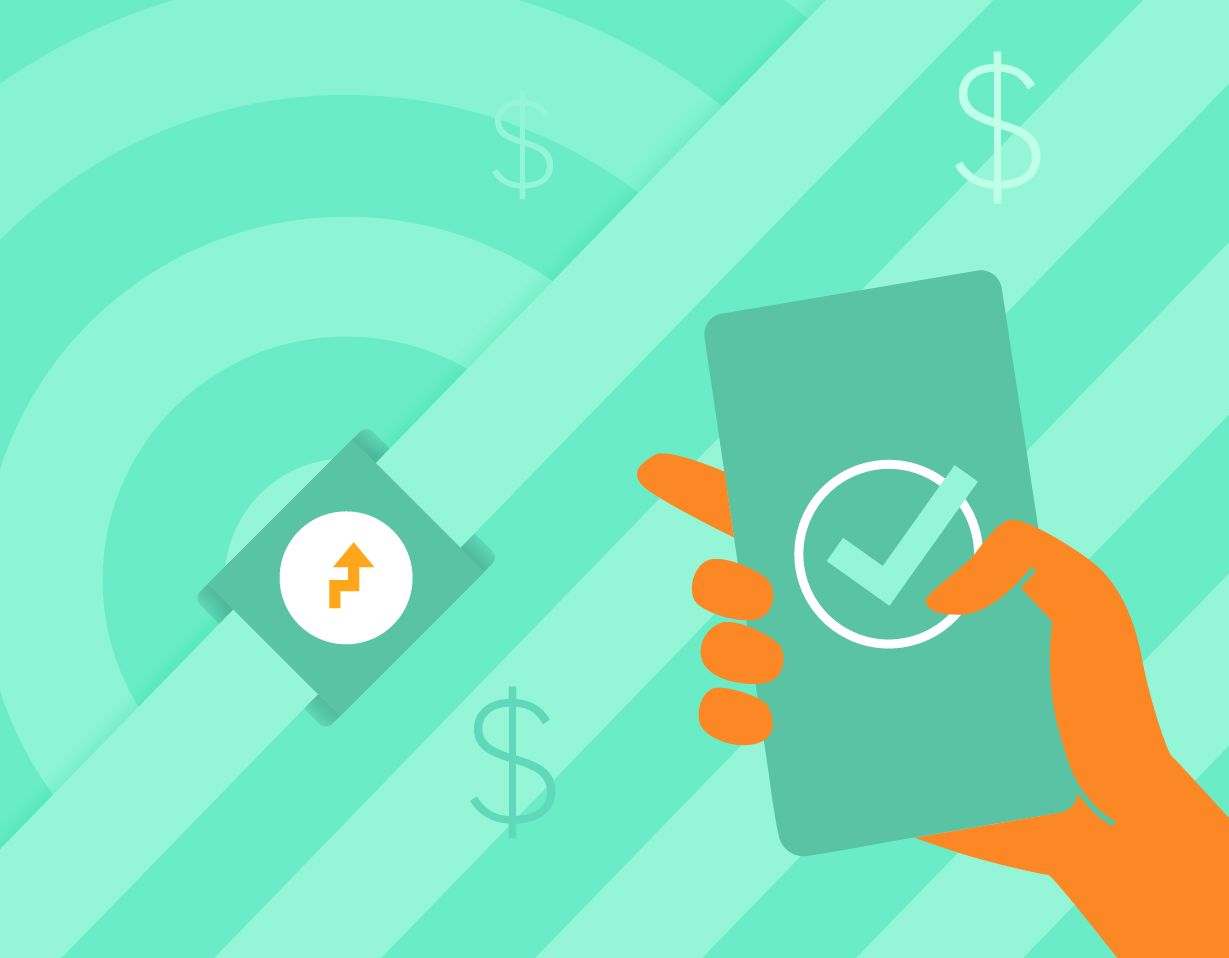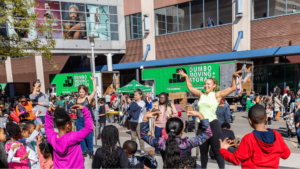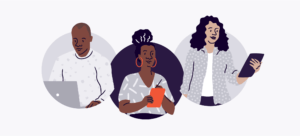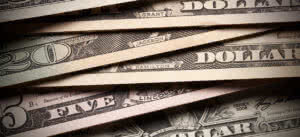It costs six to seven times more to acquire a new customer than retain an existing one. That makes it much more efficient to convince previous attendees to return to your event than to find entirely new attendees.
But your returning attendees aren’t just a bargain. They can also be your most valuable supporters.
Previous attendees enjoyed your last event and can’t wait to tell their friends. So it’s important to reach out to them early and keep them engaged, even after your event is over. Here’s how to identify these valuable customers — and keep them coming back.
Identify your highest value customers
Your most loyal fans are typically worth more to you than what they spend on tickets. They’re opting for your premium event experiences at on-sale, liking your Facebook posts, and forwarding your event invitations to their friends and colleagues year-after-year.
Identify your highest-spending attendees across multiple events with your attendee-based reporting, and managing your interactions with them through a Customer Relationship Manager (CRM) platform like Salesforce. If you use Eventbrite, you can sync your Eventbrite and Salesforce accounts, so attendee data can flow between the two systems — without requiring any extra work.
Master your sales lifecycle
You want to reward your loyal fans, the ones refreshing your ticketing page every few minutes at on-sale. But you also want to nab people mulling over evening plans with friends. Your previous attendees could fall into either of these buckets.
These different buyers map to distinct stages in your sales lifecycle, and you need to know how to deploy the right incentives to maximize sales during each. The eager want early or exclusive access, while the indecisive need more incentive to commit.
There are three important things to do through your on sale to win over both sets of customers.
1. Lock in early interest
Organizers using Eventbrite agree that selling early helps them sell out faster. BottleRock used time-based discounts last year to sell out within the first five weeks.
To kick-start sales, you want to convert the most eager ticket buyers right away. These are likely your most loyal and influential fans — who will help you spread the word in the weeks ahead. Offer them VIP upgrades and other enhancements to capitalize on their enthusiasm and maximize what they’re willing to pay.
On the flipside, some of your past attendees aren’t sure they want to come back this year. Entice them with presale or early bird discounts to get them committed. Not only does this help you lock in early money, but you generate awareness for your event, too.
2. Create a sense of urgency to maintain momentum
Once the initial frenzy is over, how do you keep excitement high? Give on-the-fence attendees a reason to take action before it’s too late.
Push limited-time offers — like flash sales or “deals-of-the-day” — that get them to “buy now” and keep your sales rolling in. And while ticket sales might slow during the lull, continuing to drive awareness for your event can eventually convince last-minute ticket buyers down the line. Using discounts to maximize interest during each period of your on-sale can be an important lever to help you grow sales.
3. Convert last-minute ticket buyers
There are a few reasons why people wait to buy tickets until the week of your event. Many don’t plan more than a week in advance. Some are still deciding between your event and another. And it takes time for people to rally their friends. Whatever the reason, it’s never too late to grab their attention and get them to buy.
For the uncommitted ticket buyers who have visited and left your event listing, retarget them with online ads and offer them limited-time discounts to seal the deal. Subtly play up the “FOMO” (fear of missing out) — with remaining days or ticket counts — in your last email and on social media, so they won’t be able to resist.
For more tips to drive sales, check out The 10 Best Ways to Sell Out Your Event.






